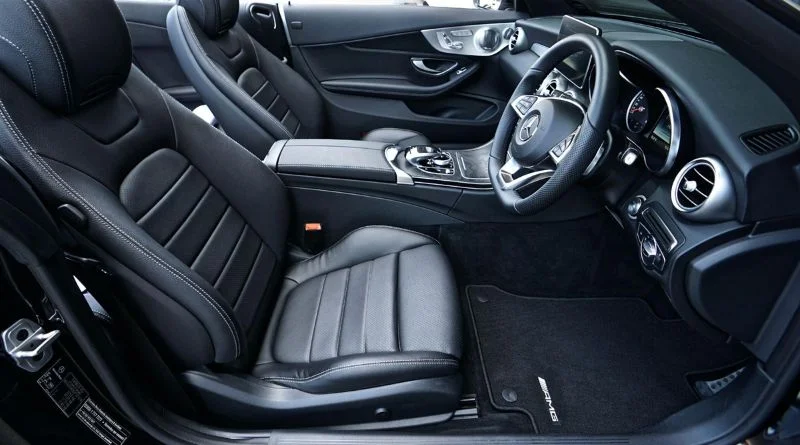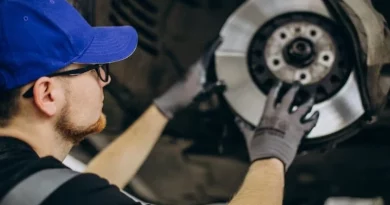Which type of mat is best for a car?
You probably prioritize things like routine tire rotations, oil changes, and preventing paint damage when you consider how to take care of your car. But you should think about more than just that. In fact, maintaining your automobile’s interior, such as keeping the carpets and floor mats clean, can be crucial for both trade-in and resale value.
The numerous kinds of floor mats, what these can do to preserve your car, and which of those will suit your lifestyle the best are all discussed below.
Regular Carpet Mats
Custom-made car mats that provide excellent protection, durability and the exact sizes for your Mitsubishi interior may be the right choice for you.
Carpet floor mats can be your best bet if you reside in a dry environment or without much winter snow. These mats’ synthetic fibers will catch dirt and grime before it gets to your carpets as long as they are mostly kept dry.
These carpets are also the most adaptable and are offered in a wide variety of hues and patterns. Just keep in mind that some manufacturers will cut corners with the protection, so check to see if the matting has a lining on the bottom to catch water and debris.
Polyurethane Car Mats
While polyurethane vehicle mats resemble rubber ones, they provide a few more advantages. They are more odorless, odorless, and more durable. They are also lighter and more resistant to deterioration and deformation. Yet, they rarely trap dust and cost approximately three times as much as rubber vehicle mats.
Polyurethane vehicle mats may need to be hand-cut before being installed, which could result in an amateurish edge finish. Hence, if aesthetics are important to you, rubber mats can be the best option. Also, because polyurethane rugs are slick, the driver’s feet may slip. Like rubber mats, they also shed their suppleness more quickly.
Textile Car Mats
If properly dried in the winter, textile rugs—referred to as Fabric or Pile vehicle mats—have a nicer appearance than rubber or polyurethane, hold onto more dust, reduce slips, and do not lose their form.
The drawbacks include their quick color fading, the potential to retain moisture and puddles at the driver’s feet, and the potential for glass fogging while the heater is on. Although these are only probable if the carpet is of poor quality, you should still consider them while making your purchase.
The rubberized foundation of textile carpets is essential for preventing friction and pollution. Even though cloth vehicle mats can be problematic in cold areas, they are perfect for warmer climes.
Conclusion
If you’re still on the fence regarding the thought of a car mat, seasoned drivers frequently attest to the necessity of having one in their vehicles. Given their many benefits and the security they offer for your car, car mats are well worth the expense.
For starters, they keep your car’s floor clean and stop it from rusting. Also, owners need to maintain the mat rather than the flooring. Last but not least, be sure that the vehicle carpet of your choice has all the necessary safety features.




